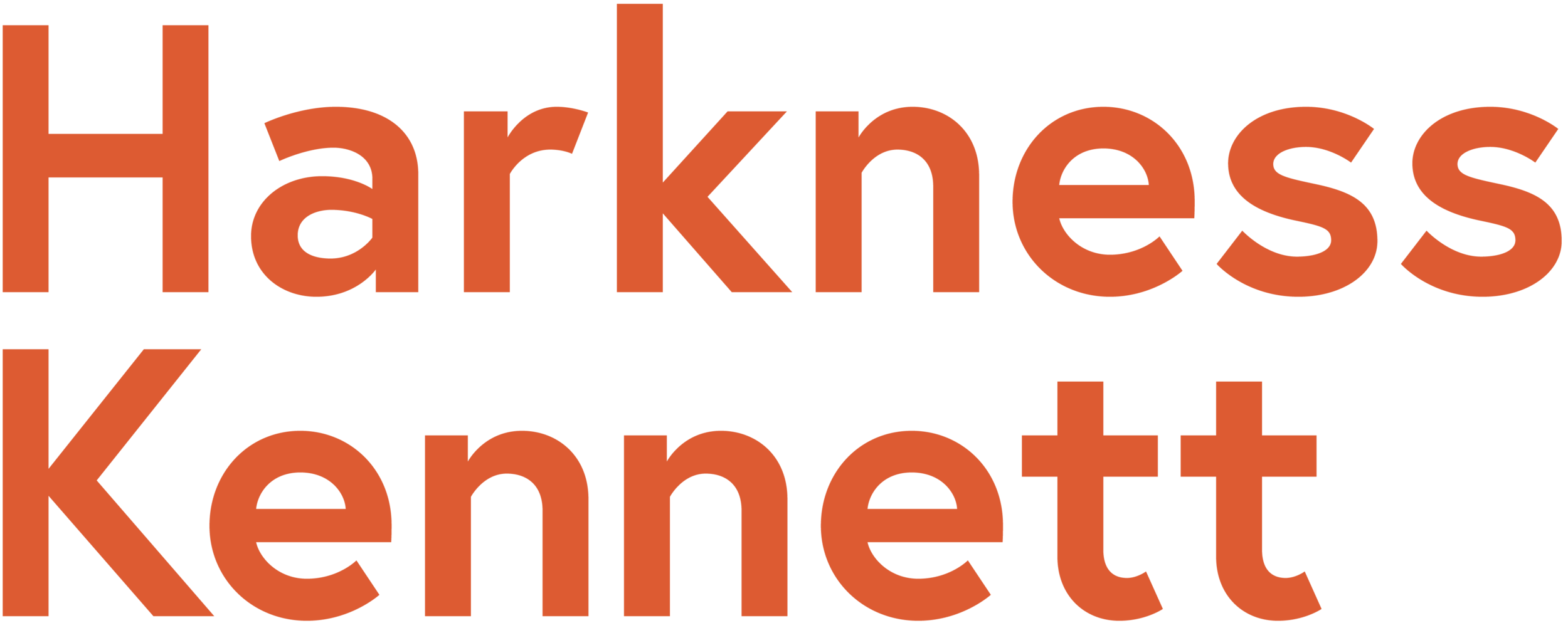Comms Theory in action: Blog 1 of 3 ORGANISATIONAL STRUCTURE
How understanding your organisation’s structure can inform your approach to internal communication
I’ve been taking a bit of time recently to indulge in a bit of personal development – and it has really inspired me to take a fresh look at some of the work we do and how it stacks up against academic theory. Pretty well I’m delighted to say! So, I thought I’d share with you some nuggets from my studies, and hopefully they’ll inspire you too.
I’ve been taking a look at structure, culture and power sources within organisations and how this impacts internal communication. In this first blog of three I’ll be looking at organisational structure. Whilst this isn’t meant to be an academic paper, you’ll find here a brief overview of some of the models, and the references are listed at the end if you want to go and find out more. Obviously – there are lots of models out there – and this is not an exhaustive review of them all!
Why do we need to know about this you may ask? Applying these models can enable you to understand how these characteristics within your own organisation facilitate current leadership communication behaviour, the consequences of this on line management, cross-functional communication and engagement with the values and strategy – to name but a few reasons!
How understanding your organisation’s structure can inform your approach to internal communication
There are some basic models and distinctions around structure that are good to be aware of. As you read through this ask yourself – which of these seems most relevant to my organisation, and how should that impact the way we approach communication?
Mechanistic or Organic?
Much as it sounds, mechanistic organisations have clearly defined roles and responsibilities within the organisation, decisions are made ‘at the top’ and activities are supervised through hierarchical system of control. There are rules and processes to follow. Mechanistic organisations offer high levels of predictability, but may offer little scope for innovation in the way that organic organisations might.
Organic structures operate in a more matrixed fashion, tasks and responsibilities are adapted to suit the situation, decisions are made locally and without supervision.
There is a view that mechanistic organisations outperform organic organisations in stable environments; conversely the opposite is true in uncertain environments.
What does this mean for communicators? Mechanistic structures are likely to offer routines and hierarchies that lend themselves to formulaic comms patterns (think team cascades) – organic structures not so much! Time to get creative! Think about – who are the key influencers, and how can I make sure each part of the organisation is aware of what the other parts are doing?
The physical structure
Mintzberg came up with a model of the structure of an organisation which has five parts, and depending on the type and purpose of the organisation, the sizes (and the influence) of each will vary. Those five parts are:
Operating core (employees who produce the products/services or directly support this)
Strategic apex (top general managers and their personal staff)
Middle line (managers who are in a direct line of authority from the apex to the operating core)
Techno structure (analysts, outside of the formal line, i.e. accountants, planners etc)
Support staff (i.e., communications, marketing etc)
It’s good to have an understanding of the physical proportions of your organisation. Using the above categories, you can attempt to slot your organisation into one of these basic configurations, and the implications for communication (warning – this is an amalgamation of models!):
This is a mishmash of my interpretation of work done by Mintzberg and more recently Hatch. Hatch’s work looks more at the typical social interactions in different types of organisations, and may offer most insight for the IC practitioner; clearly we’re not seeking to change the structure, but more to smooth the process of communication which relies to a large degree on social interaction.
Categorising the structure of your organisation will begin to help you understand the parameters in which you’re working, where the pinch points are – and where you can gain some easy wins. We certainly take this into consideration when working with clients – for example:
Arup, a matrix organisation; developed leadership events to bring together leaders to create a strategy
HSBC, a multidivisional structure; worked with them to create a powerful team briefing tool
Rentokil Initial, a divisional structure: we supported them in enhancing line manager capability
You’ll need to think about culture and power too – and we’ll be talking about those in our next two blogs!
Sign up here to make sure you don’t miss them.
We’re frequently asked to advise on the best structures, and conduct benchmarks to show what others are doing in this space…..and there’s no size fits all.
If you’re tackling some tricky comms issues in your organisation, and would like some input on how you could best approach them do get in touch.
References:
Hatch, M., 2018. Organization theory: modern, symbolic, and postmodern perspectives. 4th ed. Oxford: Oxford University Press
Mintzberg, H., 1980. Structure in 5's: A synthesis of the research on organization design. USA: Management Science
Published by Nicky
































